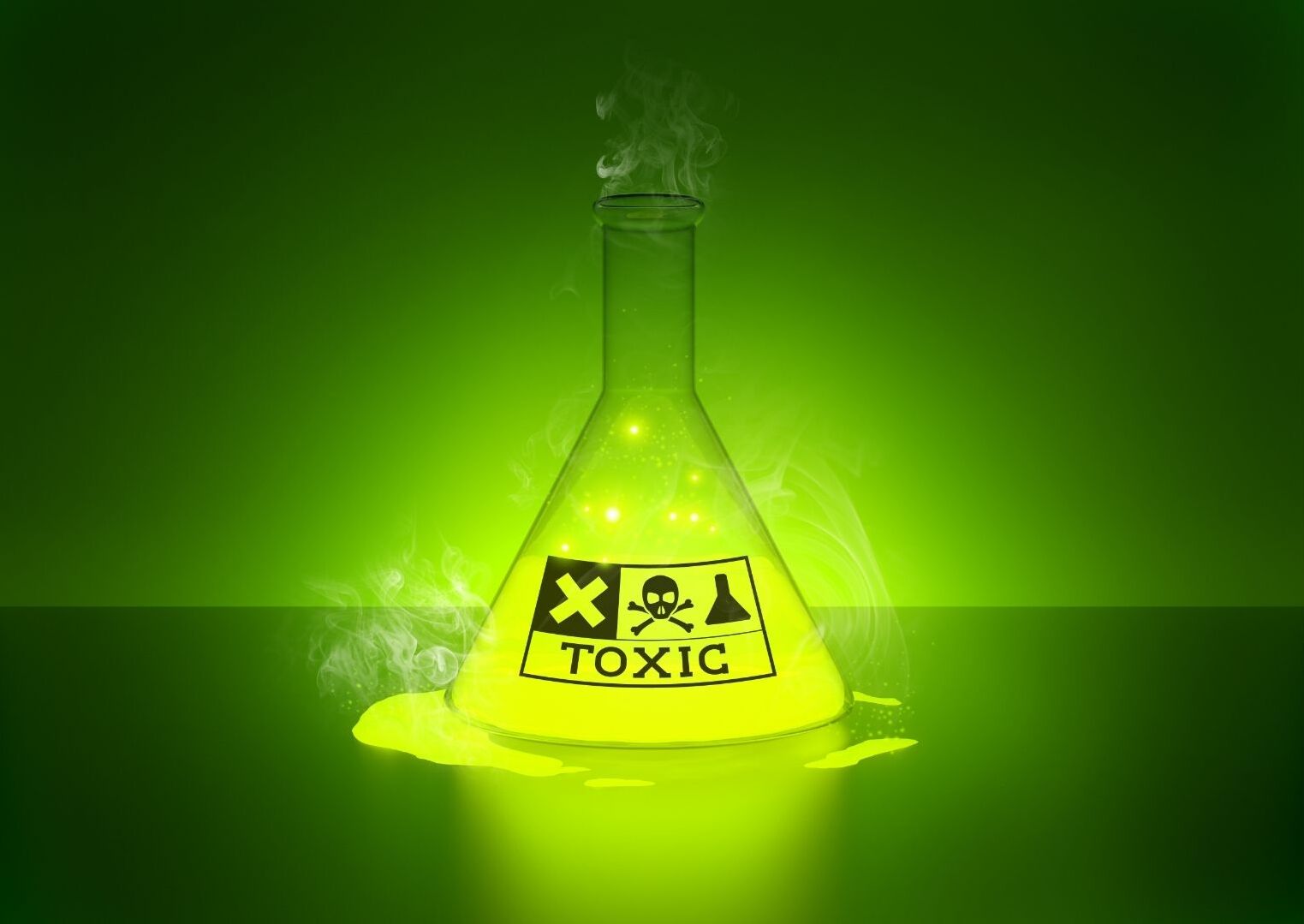

The makeup, shampoos, body creams, and other beauty products we put on our bodies from our faces to our elbows and knees can be just as harmful as anything we know to be harmful to us (pollution, chemicals, radiation, etc). Ingredients found in face washes, sunscreens and more have been linked to everything from hormonal disruptions to cancer, and what’s worse is that they go directly into your bloodstream when applied to the skin or hair!
While there are certainly plenty of studies with different perspectives on this topic, everyone can agree that using more natural products is the safest bet for you and the environment. Let’s take a look at what you should avoid in terms of ingredients in skin care products…
The Ingredients to Avoid for Healthy Hair & Skin
While doing your own research is a must, we complied seven ingredients that you should watch out for when purchasing beauty products. Educating yourself on what ingredients do in products, as well as what they cause when applied (or ingested) to your body will help you be more aware and quick to skip certain skin care and beauty products.
Here are the 7 ingredients to absolutely void:
1. Sodium Lauryl Sulfate (SLS)
Found in shampoo, body wash, foundation, face wash, mouthwash, and toothpaste.
SLS has been shown to cause or contribute to skin irritation, canker sores, disruptions of skin’s natural oil balance and eye damage. It is also widely believed to be a major contributor to acne (especially cystic acne) around the mouth and chin. Instead, opt for a natural shampoo and switching to a natural toothpaste and mouthwash, such as Tom’s or Burt’s Bees.
2. Aminophenol, Diaminobenzene, Phenylenediamine (Coal Tar)
Found in hair dyes and shampoo.
These three elements combined create coal tar, a byproduct of coal processing, and is a known human carcinogen, according to the National Toxicology Program and the International Agency for Research on Cancer. Hairstylists and other professionals are exposed to these chemicals in hair dye almost daily. Europe has banned many of these ingredients in hair dyes. While FDA sanctions coal tar in specialty products such as dandruff and psoriasis shampoos, the long-term safety of these products has not been demonstrated.
3. Parabens
Found in makeup, moisturizer, shaving gel, shampoo, personal lubricant, and spray tan products.
The FDA acknowledges several studies linking parabens, which mimic estrogen, to breast cancer, skin cancer, and decreased sperm count, but has not ruled that it is harmful. According to the European Commission’s Scientific Committee on Consumer Products, longer chain parabens like propyl and butylparaben and their branched counterparts, isopropyl, and isobutyl parabens, may disrupt the endocrine system and cause reproductive and developmental disorders. Look for ingredients with the suffix “-paraben” as well—paraben-free products will be labeled as such.
4. Polyethylene/PEGs
Found in scrubs, body wash, makeup, and toothpaste.
Those tiny plastic beads in face or lip scrubs and exfoliating washes are made from polyethylene (used because they’re gentler on the skin than natural exfoliators like walnut shells). These synthetic chemicals are frequently contaminated with 1,4-dioxane, which the U.S. government considers a probable human carcinogen, and which readily penetrates the skin. Polyethylene has been noted as a skin irritant and should never be used on broken skin. Polyethylene beads in scrubs and body washes also are not filtered by our sewage systems, meaning they can collect pollutants and travel into waterways, where they’re consumed by fish and marine animals.
5. Petroleum Distillates
Found in mascara and body lotions.
Petroleum-extracted cosmetics ingredients may cause contact dermatitis and are often contaminated with cancer-causing impurities. They are produced in oil refineries at the same time as automobile fuel, heating oil, and chemical feedstocks. Read the ingredients list even on something as ordinary as mascara and foundation!
6. Fragrance
Found in moisturizers, deodorant, lotion, face cream, shampoo, and conditioner.
Federal law doesn’t require companies to list on product labels any of the chemicals in their fragrance mixture. Recent research from Environmental Working Group and the Campaign for Safe Cosmetics found an average of 14 chemicals in 17 name-brand fragrance products, none of which were listed on the label. Fragrances can contain hormone disruptors and are among the top 5 allergens in the world. Our advice? Buy fragrance-free wherever possible, including body washes, shampoos, and soaps!
7. Dibutyl Phthalate, Toluene, and Formaldehyde
Found in nail polish and other nail products, perfume, and makeup remover.
These chemicals, known as the “toxic trio,” have been linked to birth defects, endocrine disruption, headaches, and respiratory problems—especially concerning for nail salon workers and those who frequently get mani's or pedi’s. It’s advised that pregnant women avoid nail products altogether. Non-toxic nail polish brands like OPI and Zoya have pledged to remove these chemicals from their products. Look for “toxic-trio-free” products instead or from natural stores!
Wild Naturals Chemical-Free Products
Now that you know seven of the most common chemicals found in beauty products, you should be searching for where to replace these items. Shop the online store at Wild Naturals for your full skin and hair care regimens! You’ll find the ingredients list is packed with natural ingredients with amazing benefits for healthy, radiant skin and hair!


